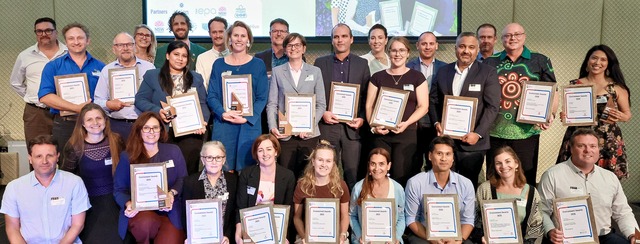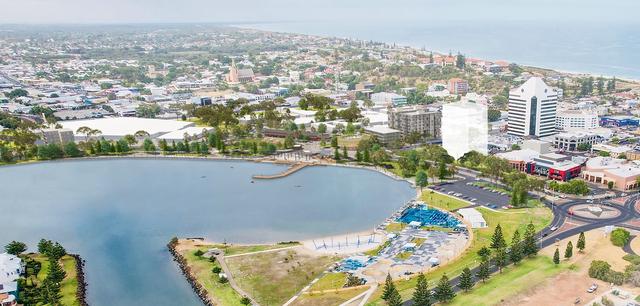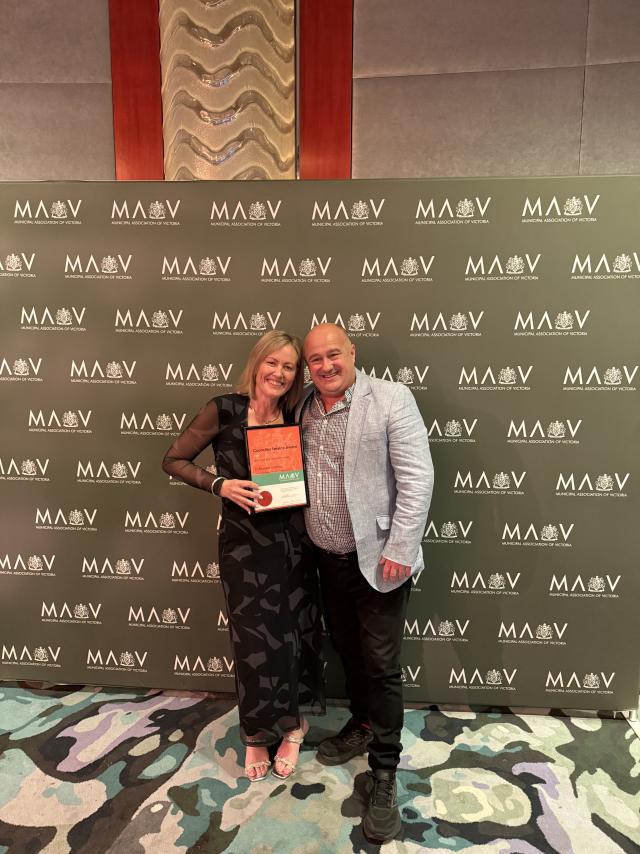Digital transformation is no longer optional for local government, it’s a necessity. Old, fragmented legacy systems can no longer offer the solutions and services necessary to keep pace with rapid technological change, or the outcomes executives and planners are setting in stone. Nor can they meet the demands of an increasingly tech-savvy population.
How digital transformation is carried out depends on many factors – including whether a council has decided to replace ageing and disparate technology systems and platforms, develop its own data centre, change its core structure and move into the cloud, adopt a shared services framework, or become a smart city, such as Wollongong Council is planning to do.
The permutations are endless, but at the core of them all is the need for foundational technology.
There is a learning curve attached to this – not just in the general process of digital transformation, but how councils actually approach and think about it.
Councils leading the charge
At the City of Mitcham, in the foothills of southern Adelaide, South Australia, the council’s digital transformation journey began in 2015. Driven by an organisational shift towards customer centricity, the City embarked on a transformational project to consolidate its legacy IT systems into one solution that would simplify council processes and enhance service delivery.
The City of Mitcham’s CEO, Matt Pears, explains, “To deliver efficiencies and better meet the needs of our customer, we needed a system that would provide a foundation from which we could build.”
The City implemented OneCouncil – a fully integrated solution from TechnologyOne – to deliver operational efficiencies, drive greater productivity and ultimately improve its customer experience.
Since moving to a single enterprise solution, the council has experienced several key benefits.
“This technological transformation allowed our business to work together to centralise systems, processes and data to improve our key processes across the organisation,” Pears said.
“It has fostered the development of a strong culture focused on improving customer service within the organisation. This is a crucial step in our journey to continually drive change and improve customer service.”
At Whangarei District Council in New Zealand, the digital transformation journey began in 2012 when the council established a cross-organisation ICT Think Tank to develop a vision for the way it should do business with customers. This led to a project called Trilogy – inclusive of three phases – to digitise the council’s systems and operations.
Council’s Chief Information Officer, Alan Adcock explains, “One of our key objectives in the project was to put the customer at the centre of the organisation, so they can come online and look at their whole relationship with us all in one place.”
To achieve this, Whangarei Council found it needed to bring its operating and back office systems up to a scalable standard, to avoid slipping too far behind.
As it moved to modernise, it found that the first foundational phase represented a massive step forward. Over 12 months, Council moved its local infrastructure to Infrastructure-as-a-Service (IaaS), implemented enterprise content and search capabilities, and moved its core enterprise solution (TechnologyOne OneCouncil) to SaaS.
Council’s Information Systems Manager at the time, Jo Wheat-Connelly, said, “In doing so, we reduced the cost of keeping systems running. Now, we can spend money in other transformational areas that will enable our vision of becoming a digital council.”
Whangarei is currently working with TechnologyOne to deliver better online services to the community, now that it has the fundamentals in place to allow it to do so. Moving into online services will enable its team to do things faster, better, easier and on-demand.
Why it matters
TechnologyOne Local Government Industry Director, Peter Suchting, said councils were digitally transforming and moving to enterprise resource planning (ERP) SaaS solutions after recognising the systems and platforms they were on had become mixed and outdated over the years.
Many councils now recognise that these aren’t necessarily the platforms or systems needed to deliver the outcomes the community are expecting in the future.
Suchting said, “It is almost a redundant process putting a nice new suite of smartphone applications over the top of multiple ageing back office systems.
“We’re seeing councils recognise the need to renew their application suites, that integrated ERP is an attractive option — because it reduces the number of systems, simplifies the user interface and experience, removes all the different silos of data, and gets rid of all the complex integration that occurs within councils.”
“Integrated ERP lets council IT teams focus on the delivery of better services and outcomes, rather than trying to ensure the data from one system gets transferred to another.”
Suchting also acknowledged that digital transformation signals a significant cultural change within councils.
“When councils move to a consolidated ERP solution, it’s usually part of a larger digital or business transformation strategy at play – a delivery mechanism in order to change the way they do things. There is no point investing in modern technology and then continuing to carry out old processes as they always have done.”
There is a general desire in councils to ensure that they use new technology in a way that improves processes. By definition that means significant change.
“If you can whip out your smartphone and see on a map where you are standing, circle a pothole on the road and send it straight to council, that’s quite a different process to walking into a council office to fill in a form or key in a request”.
“Councils have to change the way they do things to some degree. And while some councils want to blow it up and boil the ocean, others want to take a more incremental approach. Either way, it definitely involves change.”
If you’re looking for better business intelligence to help deliver improved services — or simply need an enterprise solution that adapts and evolves as you do — speak to TechnologyOne’s Local Government team about our OneCouncil SaaS solution today. To learn more search OneCouncil Effect.
*Copy supplied by TechnologyOne







